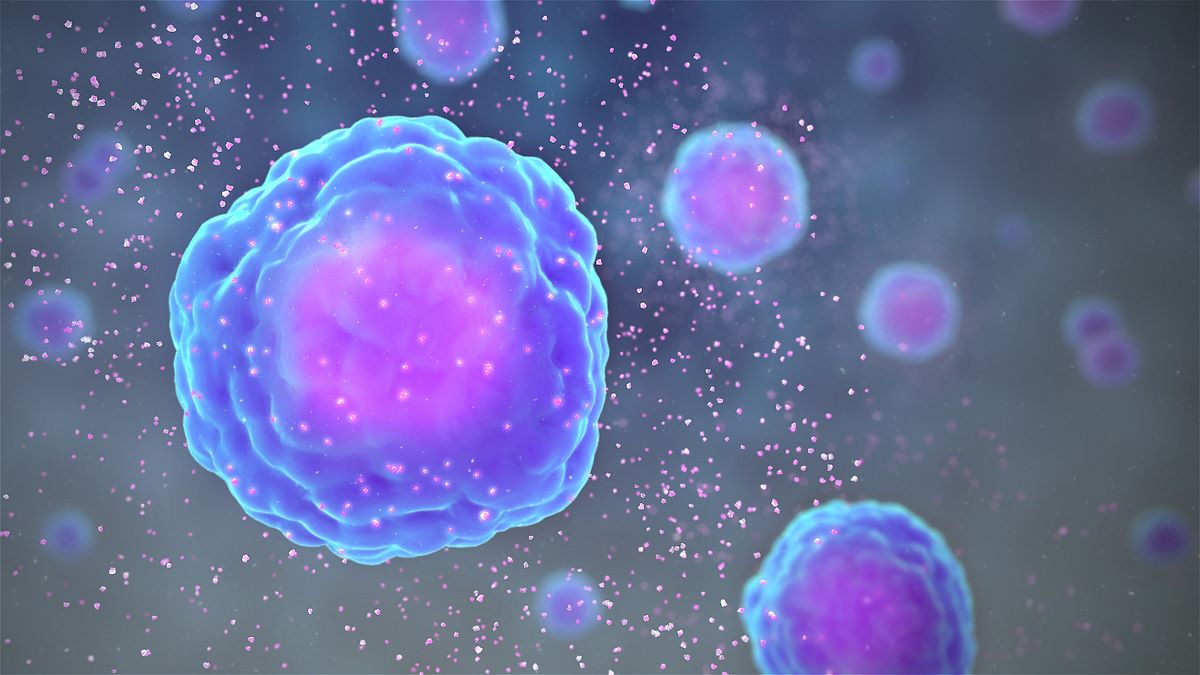
Corneodermato Osseous Syndrome is a rare genetic disorder that affects the skin, eyes, and bones. This condition is characterized by corneal opacities, skin abnormalities, and skeletal malformations. People with this syndrome often experience vision problems due to the clouding of the cornea. Skin issues may include thickening, scaling, or other unusual textures. Bone abnormalities can lead to growth delays or deformities. Understanding this syndrome is crucial for early diagnosis and management. Here, we’ll explore 15 intriguing facts about Corneodermato Osseous Syndrome, shedding light on its symptoms, causes, and treatments. Ready to learn more about this rare condition? Let’s dive in!
What is Corneodermato Osseous Syndrome?
Corneodermato Osseous Syndrome (CDOS) is a rare genetic disorder that affects the skin, bones, and eyes. It is characterized by a combination of corneal dystrophy, skin abnormalities, and bone malformations. Here are some intriguing facts about this condition.
Genetic Basis of CDOS
Understanding the genetic foundation of CDOS can provide insight into how the syndrome manifests and is inherited.
- CDOS is caused by mutations in the FAM20A gene, which plays a crucial role in the development of bones and teeth.
- The syndrome follows an autosomal recessive inheritance pattern, meaning both parents must carry the mutated gene for a child to be affected.
- Genetic testing can confirm the presence of FAM20A mutations, aiding in diagnosis and family planning.
Symptoms and Characteristics
The symptoms of CDOS are diverse, affecting multiple parts of the body. Here are some key characteristics.
- Corneal dystrophy is a hallmark of CDOS, leading to cloudy vision and potential vision loss.
- Skin abnormalities include thickened skin, particularly on the palms and soles, known as palmoplantar keratoderma.
- Bone malformations often involve the craniofacial region, resulting in distinctive facial features and dental anomalies.
- Affected individuals may have short stature due to skeletal abnormalities.
- Some patients experience delayed tooth eruption and enamel hypoplasia, leading to dental issues.
Diagnosis and Management
Diagnosing and managing CDOS requires a multidisciplinary approach due to its complex nature.
- Diagnosis typically involves a combination of clinical evaluation, genetic testing, and imaging studies to assess bone and dental abnormalities.
- Regular eye examinations are crucial for monitoring and managing corneal dystrophy.
- Dermatological care can help manage skin symptoms, including the use of emollients and keratolytic agents.
- Orthopedic interventions may be necessary to address skeletal deformities and improve mobility.
- Dental care is essential for managing tooth anomalies, including regular check-ups and specialized treatments.
Living with CDOS
Living with CDOS presents unique challenges, but with proper care, individuals can lead fulfilling lives.
- Support groups and counseling can provide emotional support and connect families facing similar challenges.
- Advances in genetic research hold promise for future treatments and potential cures for CDOS.
Corneodermato Osseous Syndrome is a complex condition that requires comprehensive care and support. Understanding its genetic basis, symptoms, and management strategies can help improve the quality of life for those affected.
Final Thoughts on Corneodermato Osseous Syndrome
Corneodermato Osseous Syndrome, though rare, offers a fascinating glimpse into the complexities of genetic disorders. Understanding its symptoms, causes, and treatments can help those affected and their families navigate this challenging condition. From skin abnormalities to bone malformations, the syndrome presents a unique set of challenges that require specialized care and attention.
Early diagnosis and intervention can significantly improve the quality of life for those with this condition. Genetic counseling also plays a crucial role in managing expectations and planning for the future. While research continues to uncover more about this syndrome, awareness and education remain key in providing support and resources to those in need.
By staying informed and advocating for continued research, we can hope for better treatments and possibly a cure in the future. Knowledge truly is power when it comes to rare genetic disorders like Corneodermato Osseous Syndrome.
Was this page helpful?
Our commitment to delivering trustworthy and engaging content is at the heart of what we do. Each fact on our site is contributed by real users like you, bringing a wealth of diverse insights and information. To ensure the highest standards of accuracy and reliability, our dedicated editors meticulously review each submission. This process guarantees that the facts we share are not only fascinating but also credible. Trust in our commitment to quality and authenticity as you explore and learn with us.


